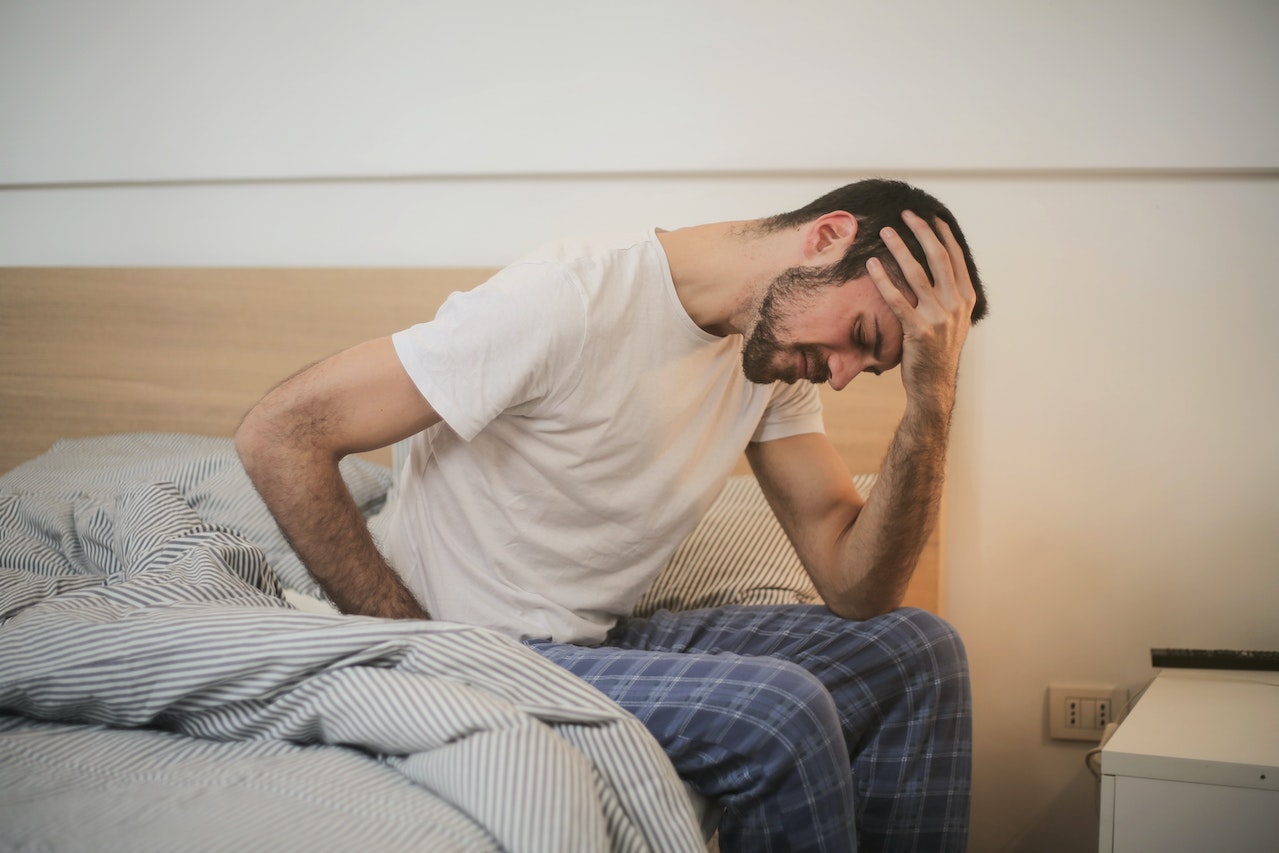8 Simple Exercises to Improve Your Posture and Reduce Back Pain
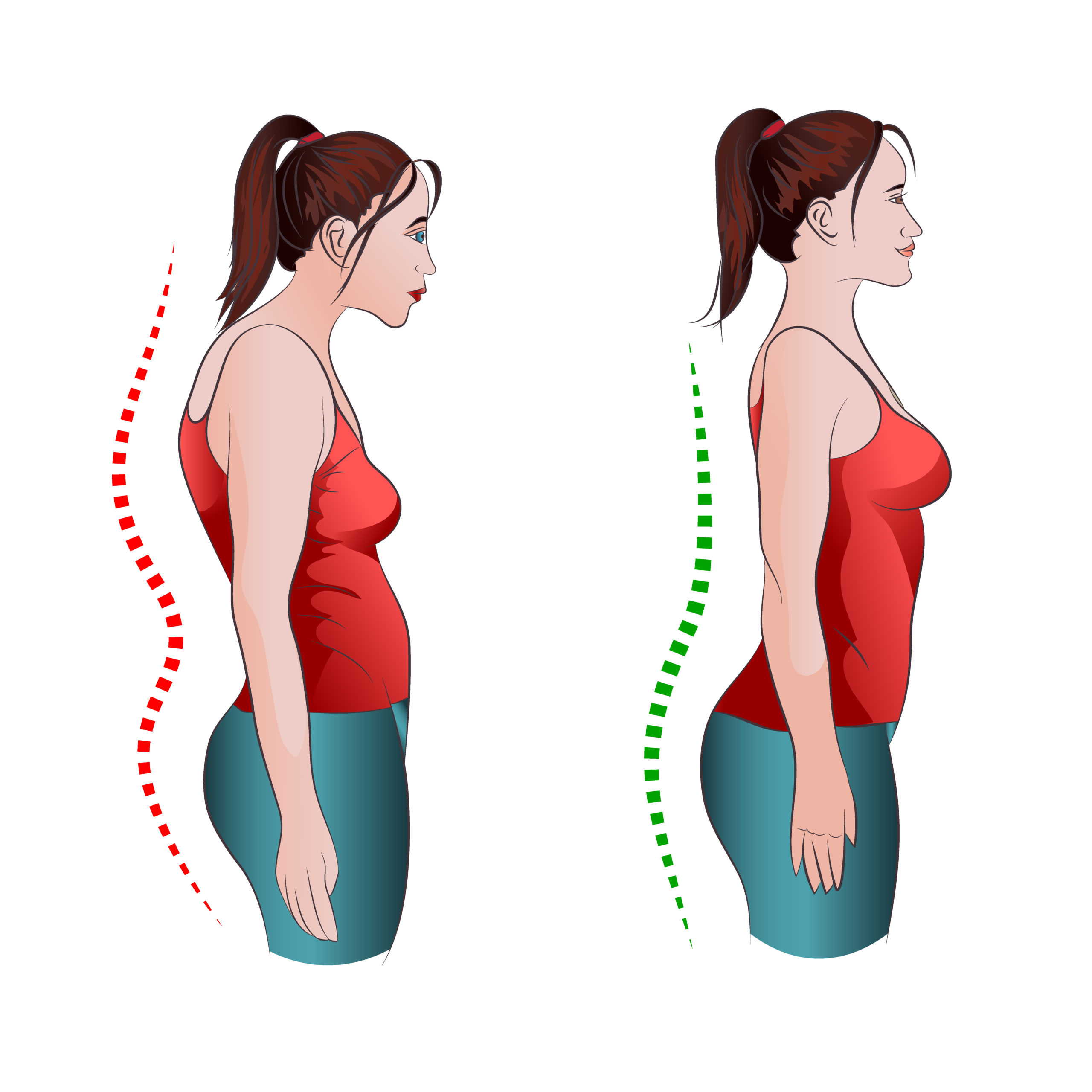

Back pain is one of the most common reasons people go to the doctor or miss work, and it is a leading cause of disability worldwide. Back pain ranges from a muscle ache to a shooting, burning, or stabbing sensation. In addition, the pain may radiate down your leg or worsen with bending, twisting, lifting, standing, or walking. (2)
Poor posture is not just bad for your back. A constant slump compresses your inside organs and makes it harder for your lungs and intestines to work. Over time, that could make it hard to digest food or get enough air when you breathe.
CAUSES
Although poor posture is the most common cause of back pain, there are other conditions you should be aware of. Some of these may affect the neck, some the upper back and shoulders, and some the lower back.
- Muscle or ligament strains
- Pinched nerve
- Tension due to stress
- Ruptured discs
- Osteoarthritis
- Osteoporosis
- Scoliosis
- Traumatic injury
- Infections or tumors (2)
TREATMENTS
The American College of Physicians guidelines for back pain support a conservative approach to care. First options should include rest, heat therapy, massage, acupuncture, and chiropractic spinal manipulation as noninvasive, non-drug treatments. Only when such treatments provide little or no relief should patients move on to medicines such as ibuprofen or muscle relaxants, which research indicates have limited pain-relief effects. Prescription opioids should be a last resort for those suffering from low back pain, as the risk of addiction and overdose may outweigh the benefits. (3)
With these recommendations in mind, consider other treatment options with care such as physical therapy, ultrasound, ozone therapy, steroid injections, or surgery. (3)
PREVENTION
Far better to avoid back pain altogether by practicing good posture and some simple daily exercises to maintain a strong back.
Practice proper posture and body mechanics. Pay attention to how you stand, sit, lift, and twist. If you must sit for long periods such as in front of your computer, take frequent breaks and consider investing in some ergonomic furniture that positions your body correctly.
Strengthen your core. Abdominal and back muscle exercises which strengthen your core help condition these muscles so that they work together like a natural corset for your back. Walking, swimming, and low-impact aerobic activities also help. Certain yoga postures may increase muscle strength and flexibility.
Maintain a healthy weight. Being overweight strains back muscles. Change your diet if necessary in order to keep your weight within recommended guidelines.
Quit smoking. Smoking increases your risk of low back pain. The risk increases with the number of cigarettes smoked per day. This may occur because smoking prompts more coughing which may lead to herniated disks. Smoking may also decrease blood flow to the spine and increase the risk of osteoporosis. (4)
Avoid excessive bed rest. If you have back pain, move as much as you can, as motion aids recovery, while lying down may weaken the back muscles and make back pain worse. (4)
EIGHT EXERCISES FOR BACK PAIN
Along with proper standing and sitting posture, stretching and strengthening your back and abdominal muscles may help prevent or reduce back pain. Best done daily, your core muscles will also get stronger thus increasing support to your entire spinal column. The key to these exercises, especially if you already have back pain, is to move gently and slowly. You should use your muscles to create a solid foundation for movement and then follow proper form that slowly lengthens and stretches your body.
Your goal is to slowly strengthen your back and abdominal muscles so your posture is improved and your back pain is eventually gone without recurrence. Try these gentle exercises. If any pose hurts, stop doing it. For help, watch this video to see how the positions are done. Always do both sides or legs, alternating where possible. Hold the positions for 10 to 30 seconds or more to slowly increase your strength. (5)
- Child’s pose is a gentle forward fold, a perfect way to relax and release tension in your entire neck and back. Your spine is lengthened and stretched. It also stretches your hips, thighs, and ankles.

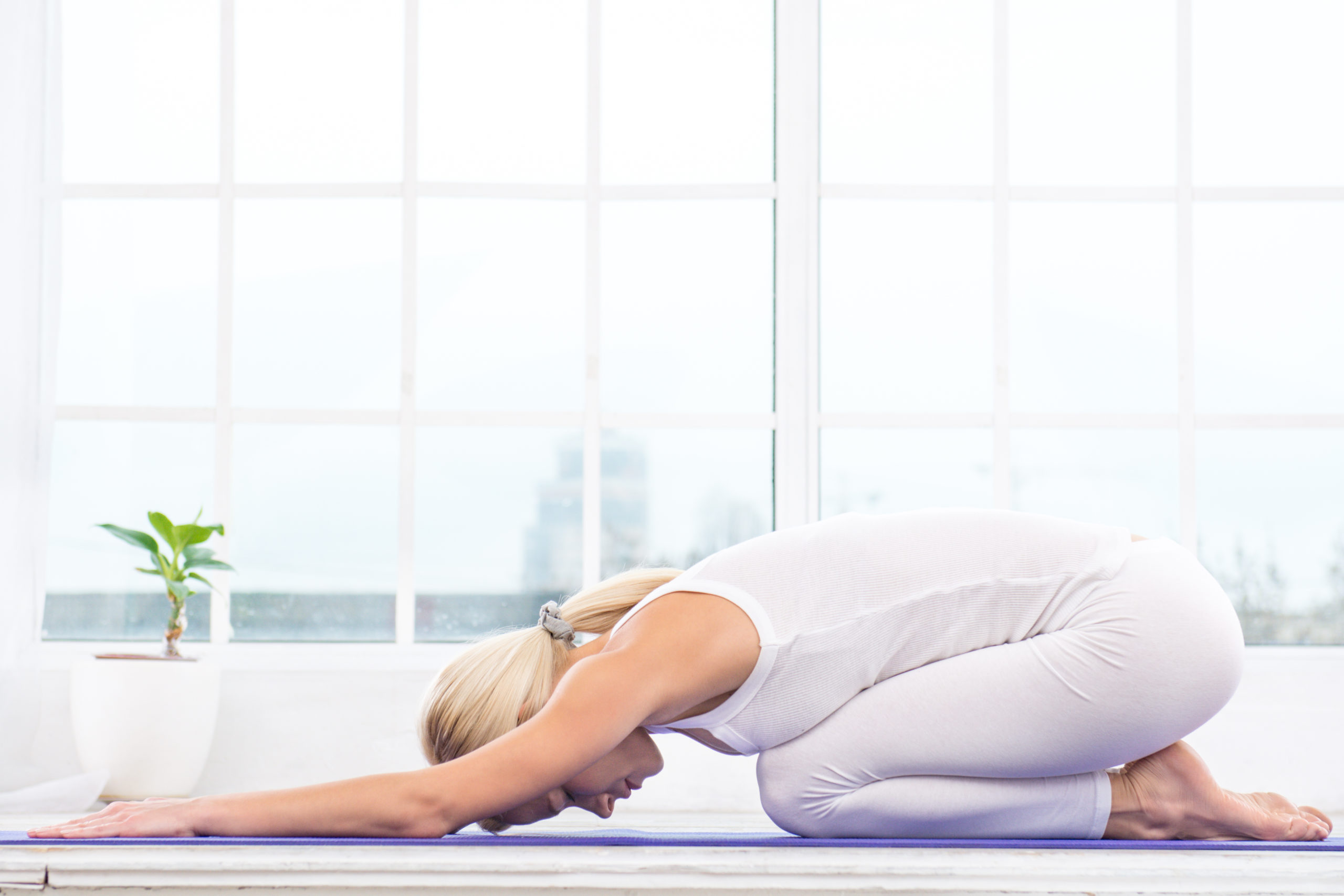
- Cat Cow up and down motion stretches and mobilizes the spine. It also stretches your torso, shoulders, and neck.

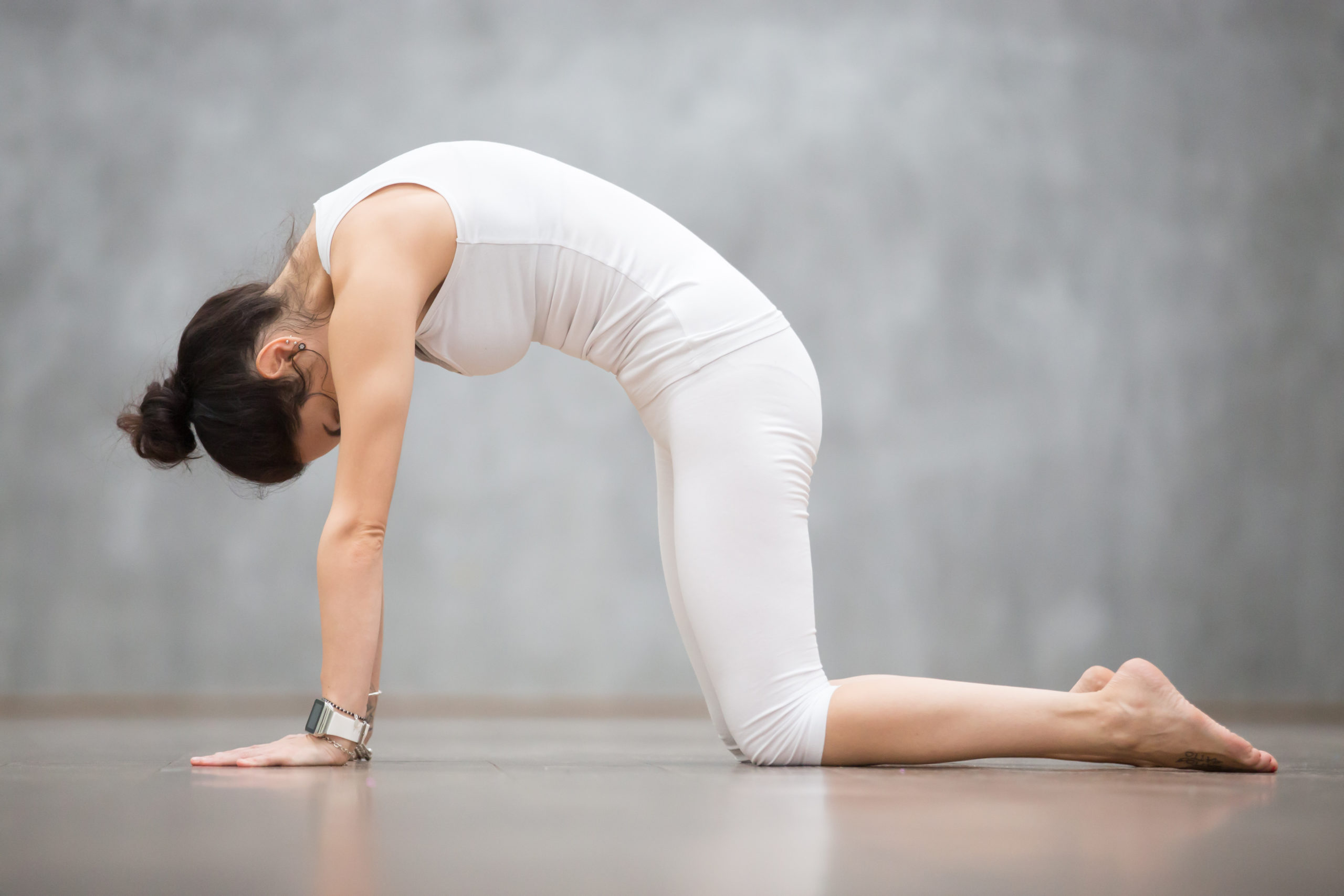

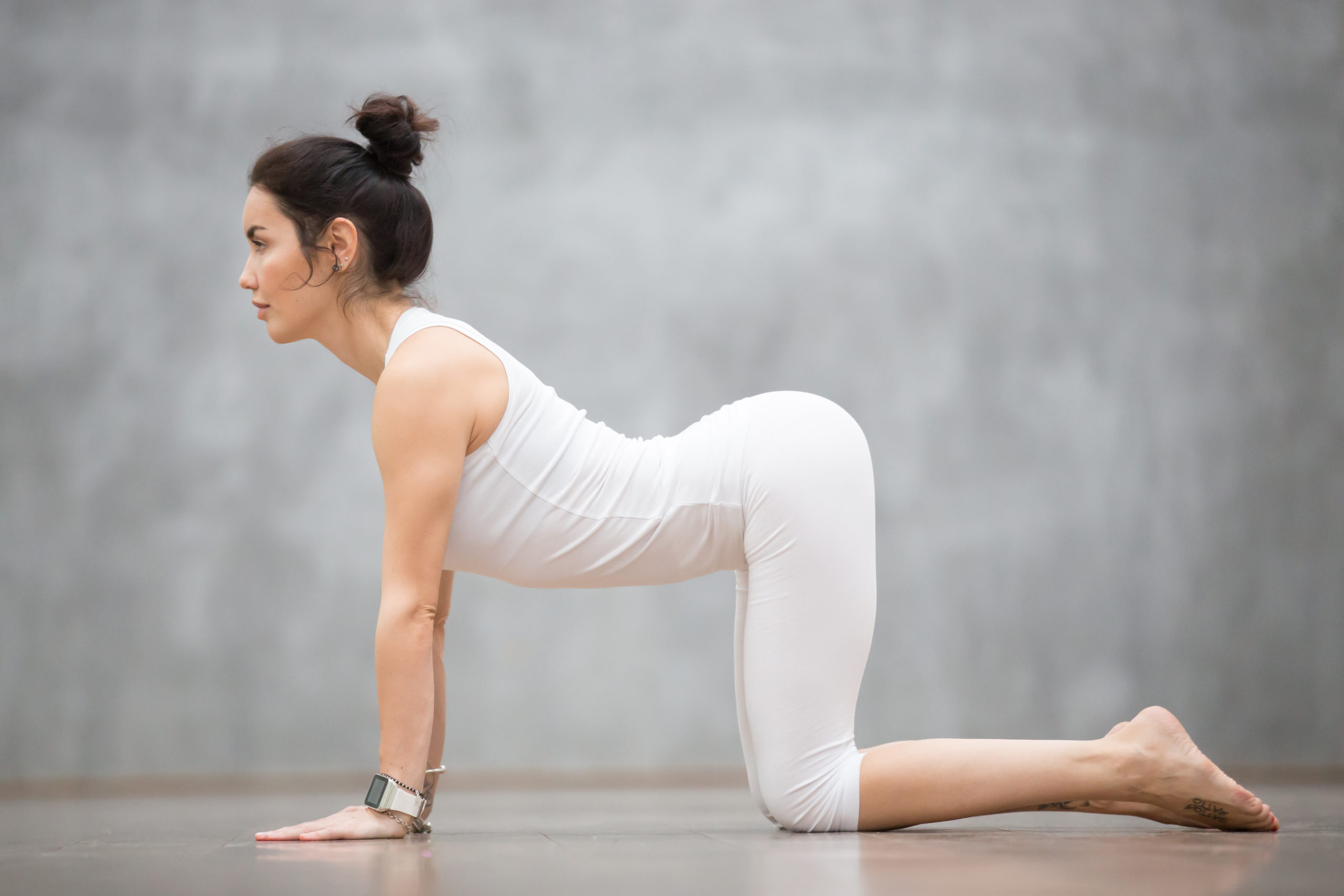
- Downward facing dog helps relieve back pain and sciatica. It helps to work out imbalances in the body and improves strength.

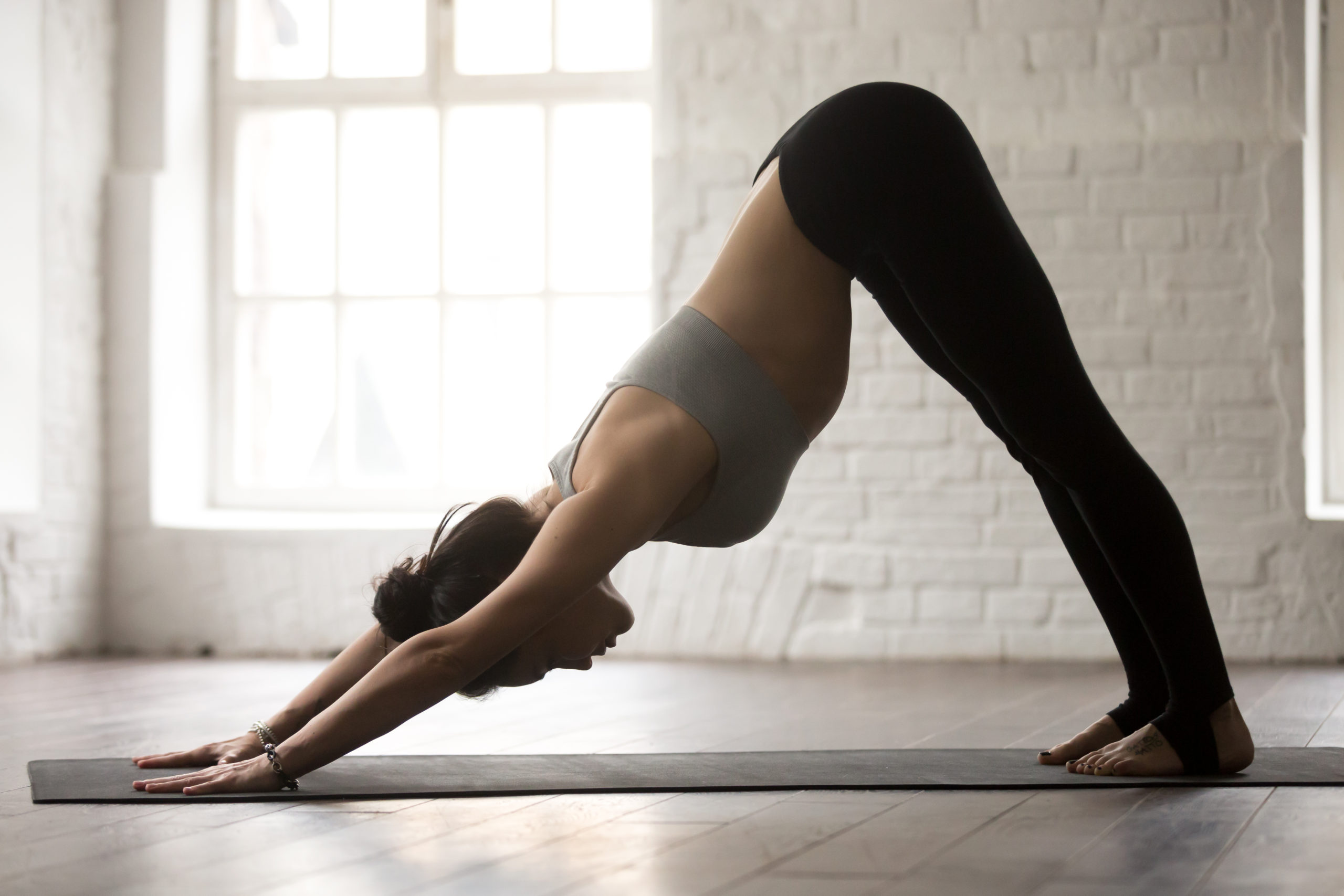
- Lunge stretches hips, psoas, glutes, hamstrings. Strengthens core muscles, helping create stability. May help alleviate pain caused by sciatica.

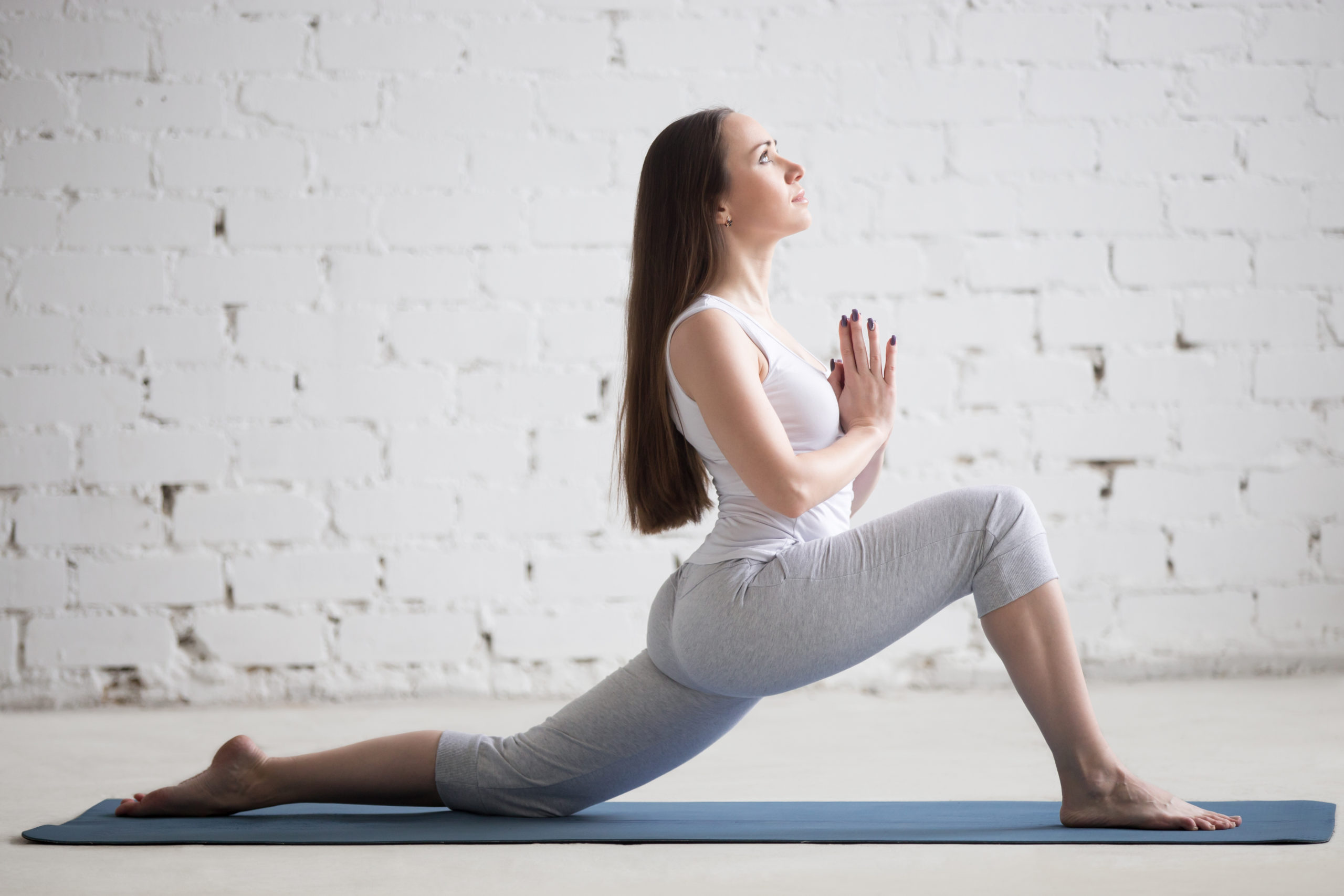
- Extended triangle stretches your spine, hips, and groin, and strengthens your shoulders, chest, and legs. It may help relieve stress and anxiety, backache, sciatica, and neck pain.

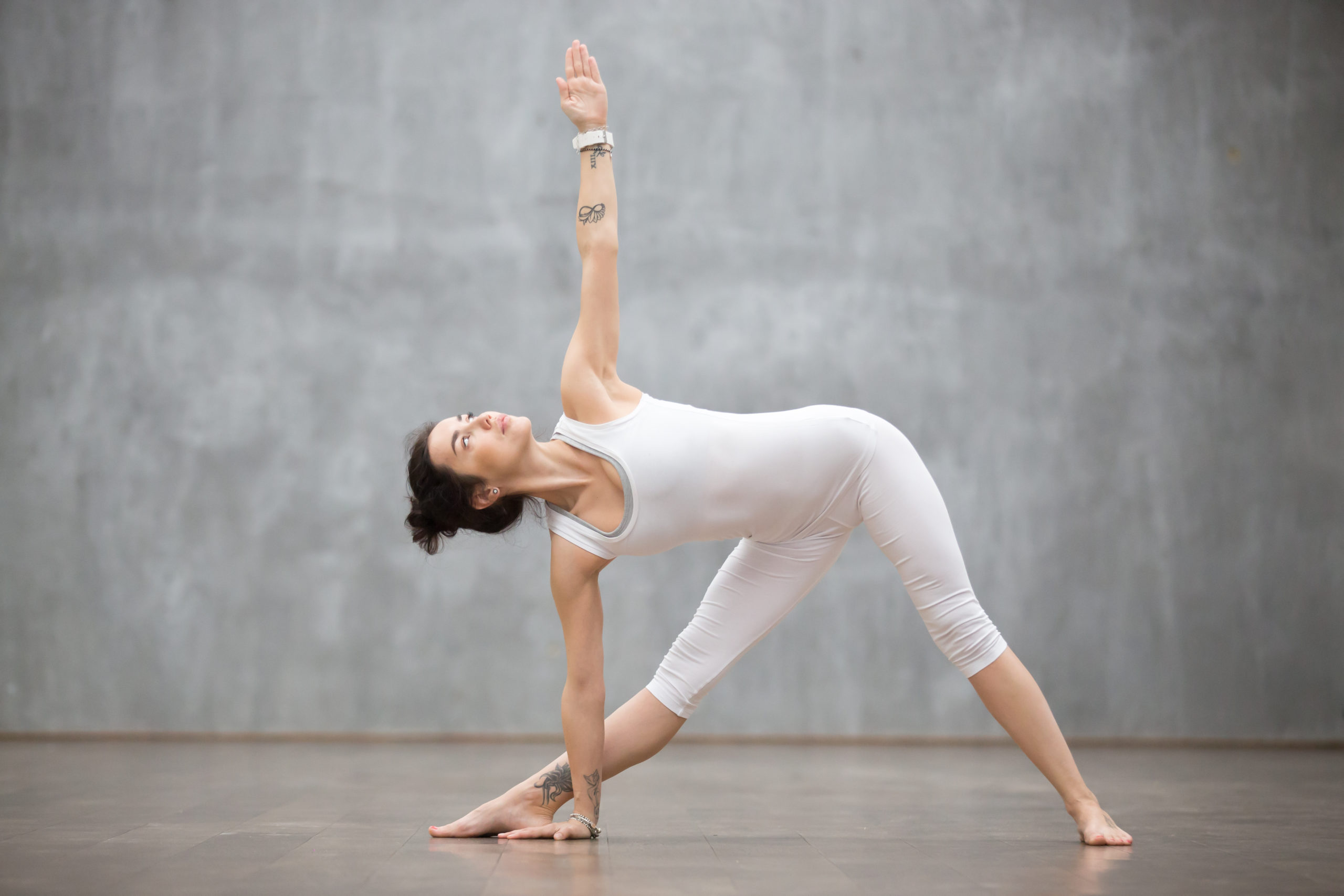
- Knees to chest stretches and stabilizes the pelvis and low back. May reduce lower back pain.

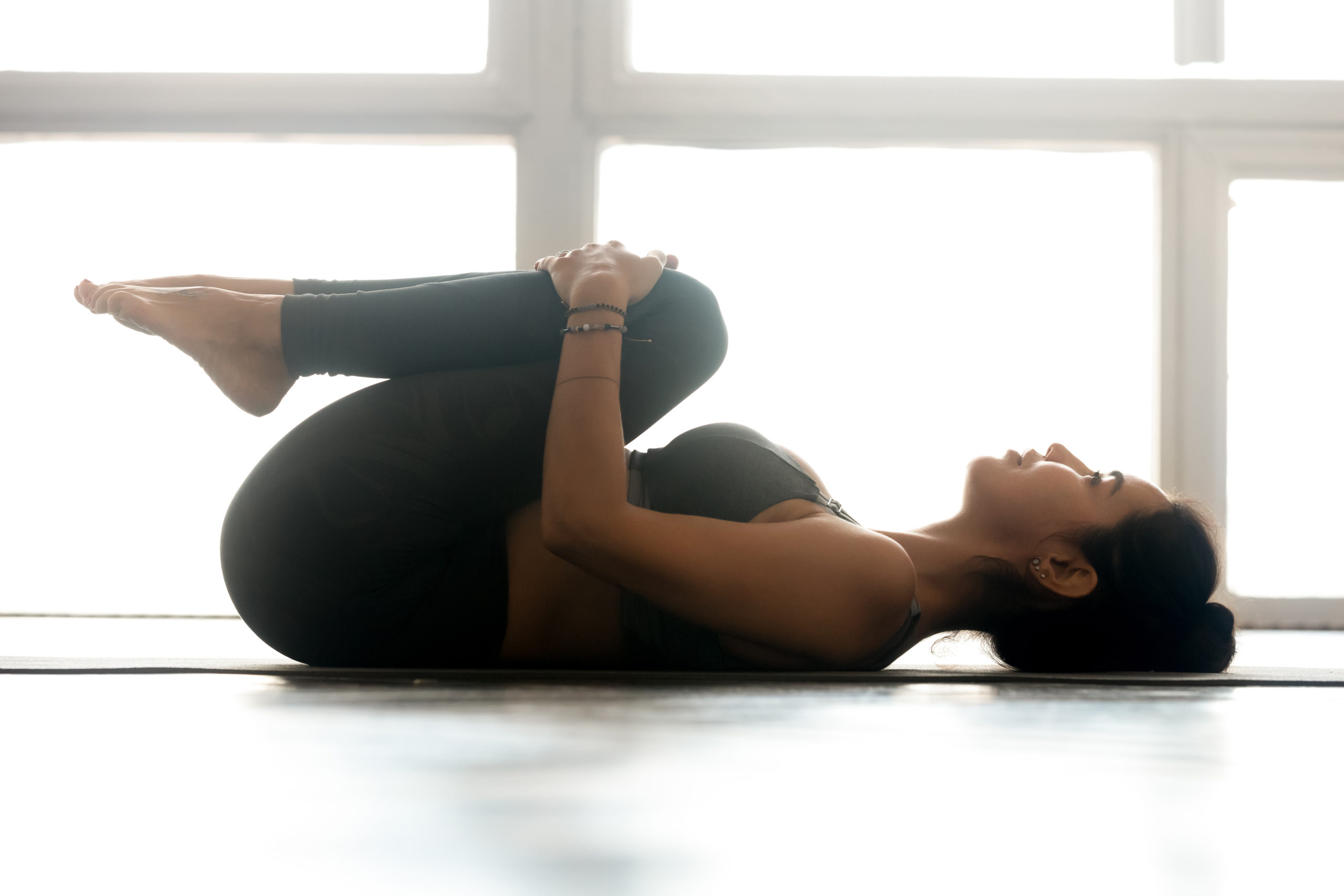
- Two knees spinal twist promotes movement and mobility in the spine and back by stretching your spine, back, and shoulders. Good for back and hips.

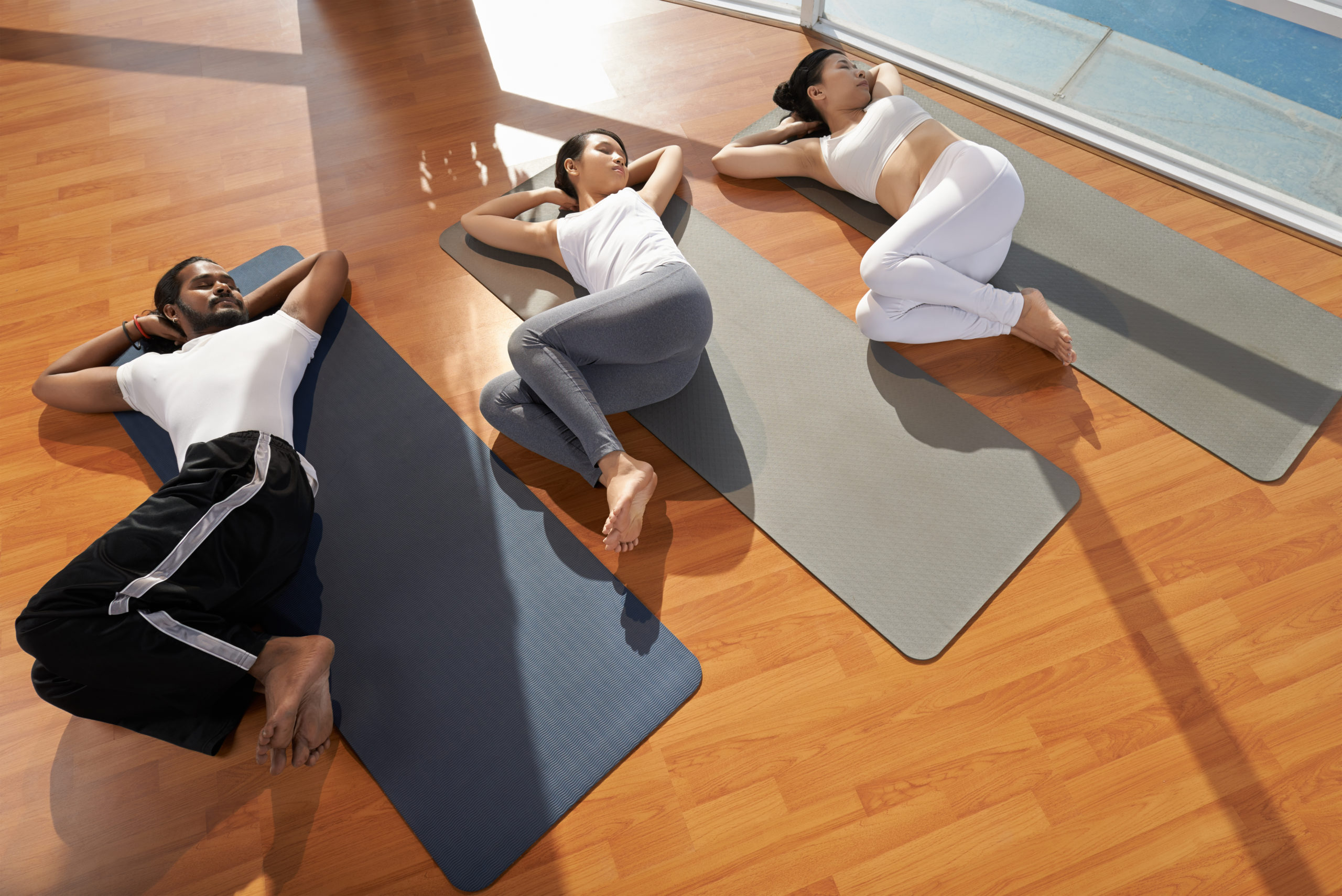
- Bridge stretches the spine and may relieve backaches and headaches. Strengthens back, glutes, legs, and ankles. (5)

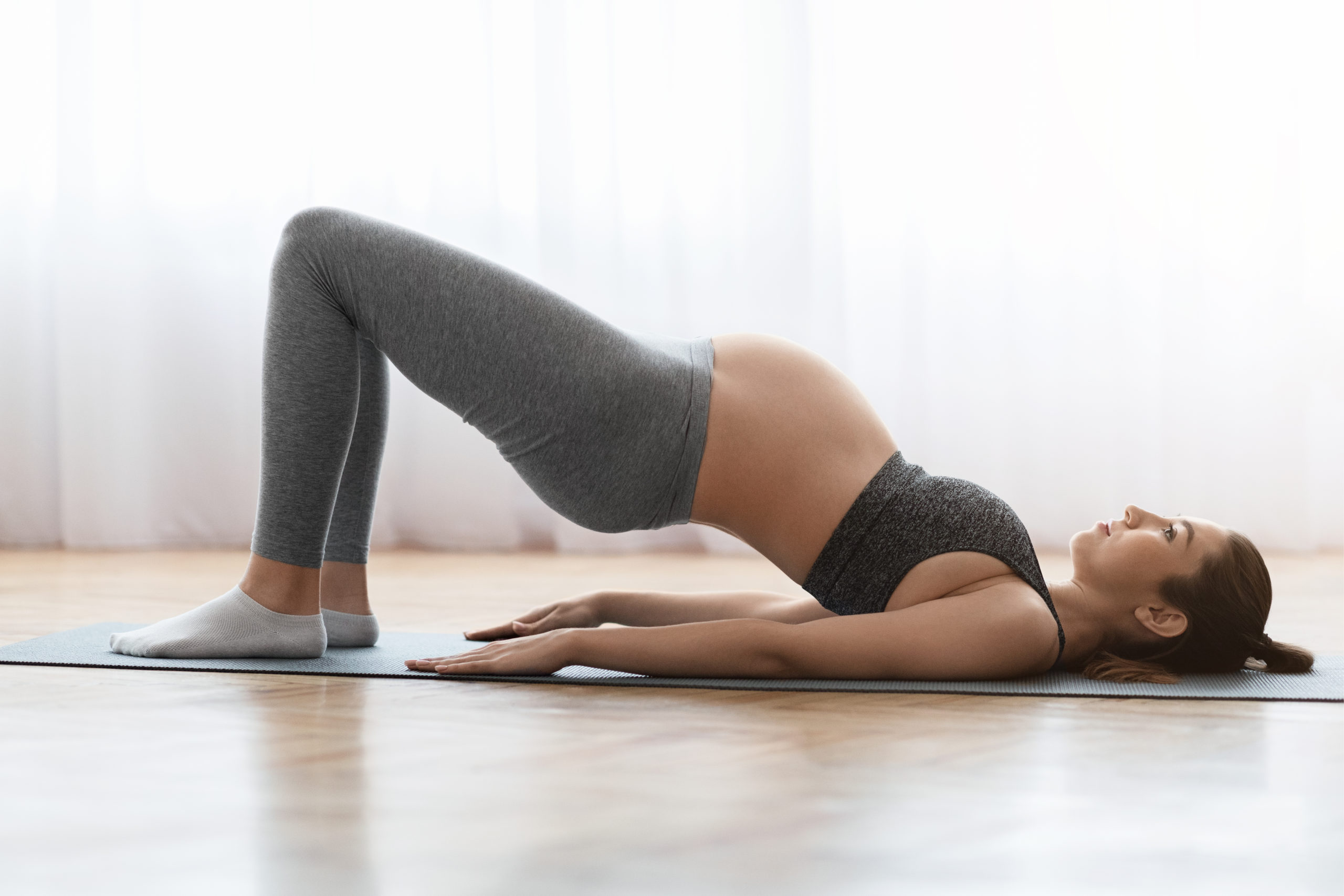
If you don’t want to create a daily routine for yourself, try this video by Dr. Jo. It is 10 minutes, 7 poses addressing laying, sitting, and standing. If you suffer from back pain, click here to learn more about how to find relief. If want to avoid back pain, start incorporating the suggestions in this article into your life and stay with it! Your body will thank you.
SOURCES
- Rubin D.l. Epidemiology and Risk Factors for Spine Pain. Neurol Clin. 2007; May;25(2):353-71
- https://www.mayoclinic.org/diseases-conditions/back-pain/symptoms-causes/syc-20369906
- https://www.acatoday.org/Patients/What-is-Chiropractic/Back-Pain-Facts-and-Statistics
- https://www.mayoclinic.org/diseases-conditions/back-pain/symptoms-causes/syc-20369906
- https://www.healthline.com/health/fitness-exercise/yoga-for-back-pain




